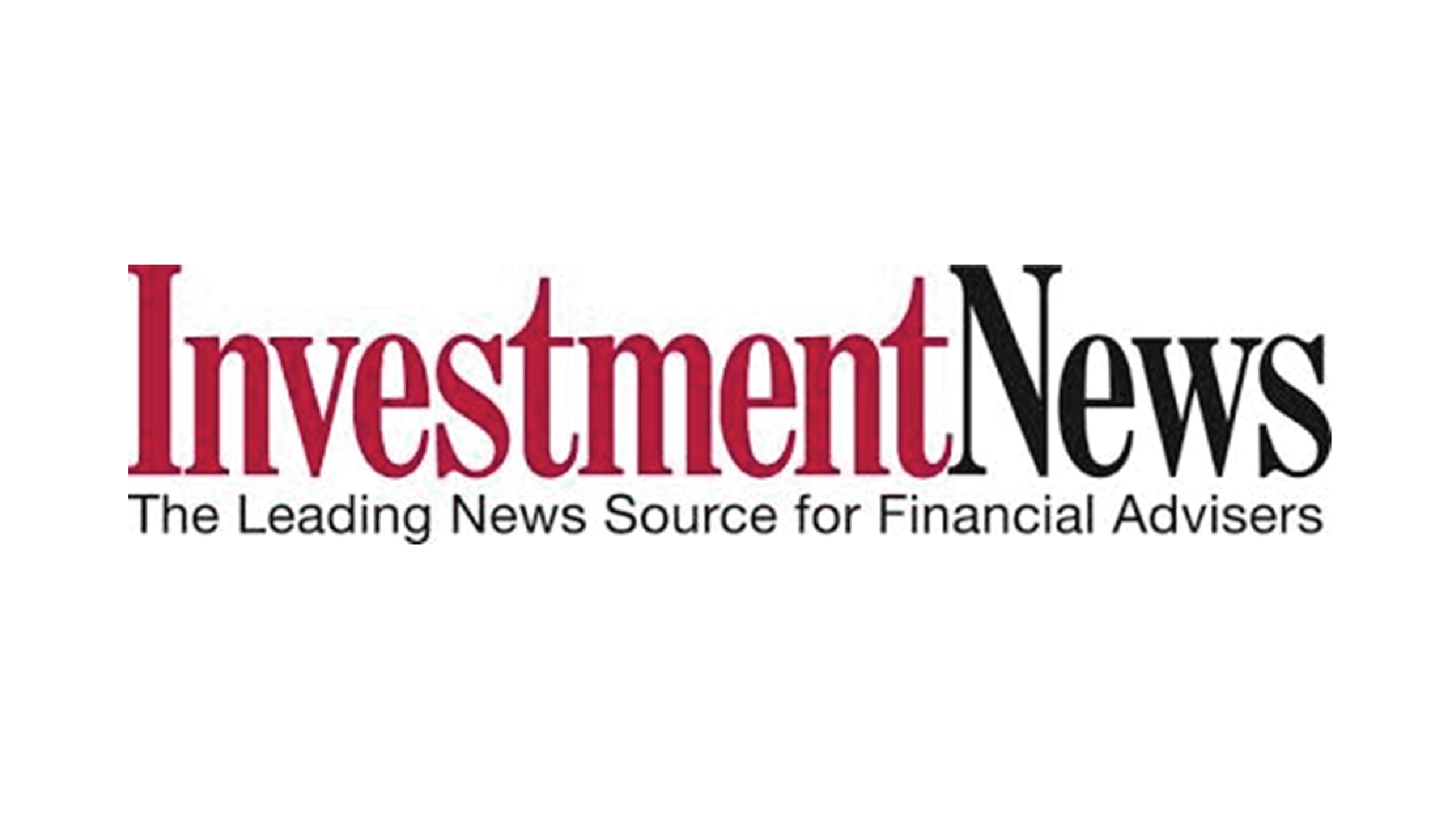Most RIA owners are obsessed with growing top-line revenue at all costs, with little thought to the bottom-line profitability of each additional dollar of AUM
A recent New York Times article called Uber and Lyft two of “the largest and most anticipated … companies to have gone public this year,” but in the same breath declared that “they were also the biggest flops,” as “both were racking up huge losses with no clear path to profitability.” The article later quoted Barrett Daniels, partner and national IPO services leader at Deloitte, as saying, “I used to think it was only about growth. But investors want to see revenue growth along with a ‘reasonable’ path to turning a profit.”
While most RIAs, with annual revenues generally under $20 million, are a far cry from public companies, I think the general sentiment about revenue growth versus profitability still applies. In speaking with RIA owners across the country, most are obsessed with growing top-line revenue at all costs, with little thought to the bottom-line profitability of each additional dollar of assets under management.
We often find advisers very excited to land a new $150 million cash management account that is paying the firm two basis points. But when someone digs in and evaluates the cost of servicing the relationship, they usually discover that the account is costing the firm four basis points in customized reporting technology and human capital costs. Public company or not, I think we all would agree that this is a poor way of conducting business.
As Gary Bonner, partner and chief operating officer at $6.5 billion Avalon Advisors in Houston, said in an episode of The COO Roundtable podcast, “Going out and just adding assets where there’s no reasonable expectation of revenue is not the way to grow. “It would be better to grow from the investor perspective that you know the next dollar actually is generating a profit, versus just showing up on an AUM report when there was no revenue associated with it,” Mr. Bonner said, adding that RIAs should focus on “growth, but in a profitable way.”
We also see RIAs making this growth-at-all-costs mistake when it comes to inorganic growth.
Many advisers approach us with plans to acquire another firm or team of advisers. But once they account for not only the acquisition cost of the transaction itself, but the added expenses associated with the additional employees and infrastructure needed to support the given profitability of these new assets, the transaction would actually be a step backward for the business. Blinded by the additional AUM and the ego boost related to the headlines associated with the transaction, many advisers can’t see the numbers for what they truly are.
When asked about this particular profit-versus-growth conundrum, Nancy Andrefsky, chief operating officer and chief financial officer at $2.3 billion Stratos Wealth Partners in Beachwood, Ohio, said, “Growth for growth’s sake without dropping to the bottom line creates needless complexity and keeps you running on a hamster wheel.”
She went on to joke, “Do you have an hour? Because this is something I could talk about all day long!”
Just as Uber and Lyft are now realizing, RIAs will eventually hit a point in their businesses’ life cycle where profitability will trump growth. When that time comes, they need to adopt repeatable processes that can be replicated over a larger and larger client base, in an economic fashion.
The New York Times article concluded that “there are limits to how much cash burn investors will tolerate.” Prudent RIA owners must come to the same conclusion.
This article originally appeared on InvestmentNews.

